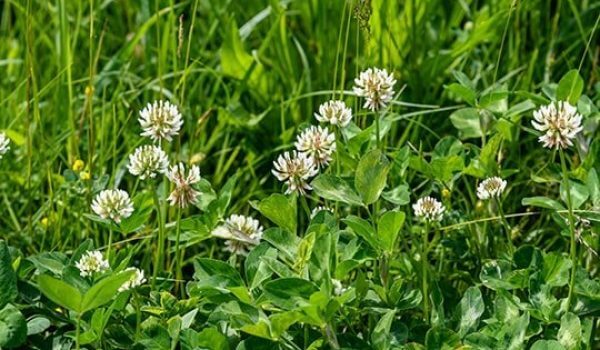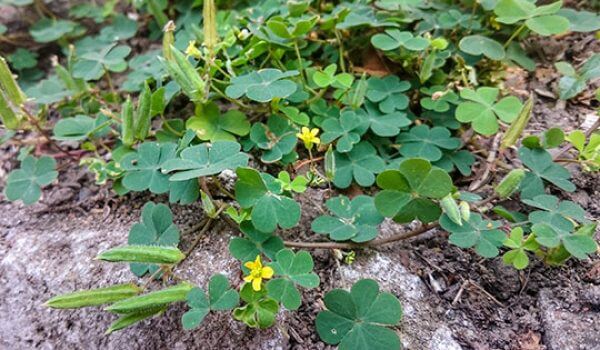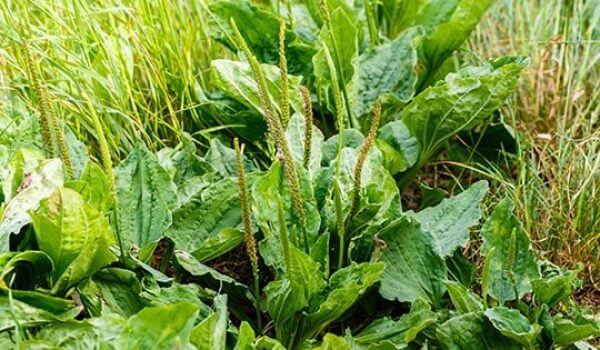Weeds are plants that are characterized by their ability to spread and persist in places where they are not wanted, such as the lawn.

Why do weeds grow on your lawn?
There are several factors that directly affect the health of your lawn that can cause weeds to appear on your lawn:
- Mowing too short
- Insufficient watering
- Insufficient fertilization
- Soil that is too compact, too clayey or too acidic
- Poor soil quality
Remember that a dense, full lawn leaves little room for the proliferation of unwanted plants. If in doubt, do not hesitate to contact your Nutrite Expert.
The best weed control: good cultural practices
A strong, well-stocked lawn eliminates the conditions for the growth of unwanted plants. Therefore, to prevent infestations, you must take care of the health of your lawn by adopting good cultural practices (proper mowing height, adequate watering, fertilization, good soil quality, pest control, etc.).
Obviously, weed control treatments exist and are very effective against certain species. However, it is important to know that these products only kill mature plants and have no preventive effect, hence the importance of combining them with rigorous lawn care.
In summary, good cultural practices and timely application of control treatments are required to control weeds.
Common types of weeds in Quebec lawns
The first thing to do when weeds invade your lawn is to identify them. Determining what species they are will help you choose the right treatment and adjust your lawn care.
Dandelion

Usually grows on a lawn that has been mowed too short and lacks nutrients. Dandelion seeds are dispersed by the wind as the yellow flower turns into a white ball. Control treatments are effective.
Crabgrass

Typically grows on bald lawns. This annual plant dies in the fall, so repairing affected areas of turf helps reduce regrowth in the spring. However, it leaves seeds in the soil to ensure its return. Control treatments are effective in the long term and help prevent regrowth the following season.
Ground ivy

Usually grows in loamy, very wet soils. Produces small purple flowers and spreads by roots that are on the soil surface. Removal is difficult and control treatments are moderately effective. A dense, well-ventilated lawn will help control it.
Quackgrass

Generally grows in lawns that are too long. This weed is difficult to control because it spreads by its seeds and rhizomes. Control treatments are not effective. The only way to control it is to over-seed and mow regularly.
White clover

Grows in all conditions and soil types. Some people voluntarily include it in their lawns. Control treatments are effective.
Yellow sorrel

Typically grows on an undersized lawn in hot, dry weather. Similar to clover, but with bright yellow flowers. Control treatments are effective.
Broad-leaved plantain

Usually grows on a lawn that is too short and in compacted or loamy soil. Major plantain is not too competitive, keep your lawn dense. Control treatments are not effective: pull the plant when it appears, before flowering, to stop the spread.
Wild strawberry

Usually grows on short lawns and embankments and in poor compacted soil. Your soil is probably acidic, you need to neutralize the pH with lime. Some regular treatments are effective, but the plant remains difficult to control.
If other types of weeds are spreading on your lawn and you are unable to control them with proper lawn care, contact a Nutrite Expert. He will develop a strategy that will allow you to get rid of these unwanted plants and finally enjoy your lawn.

